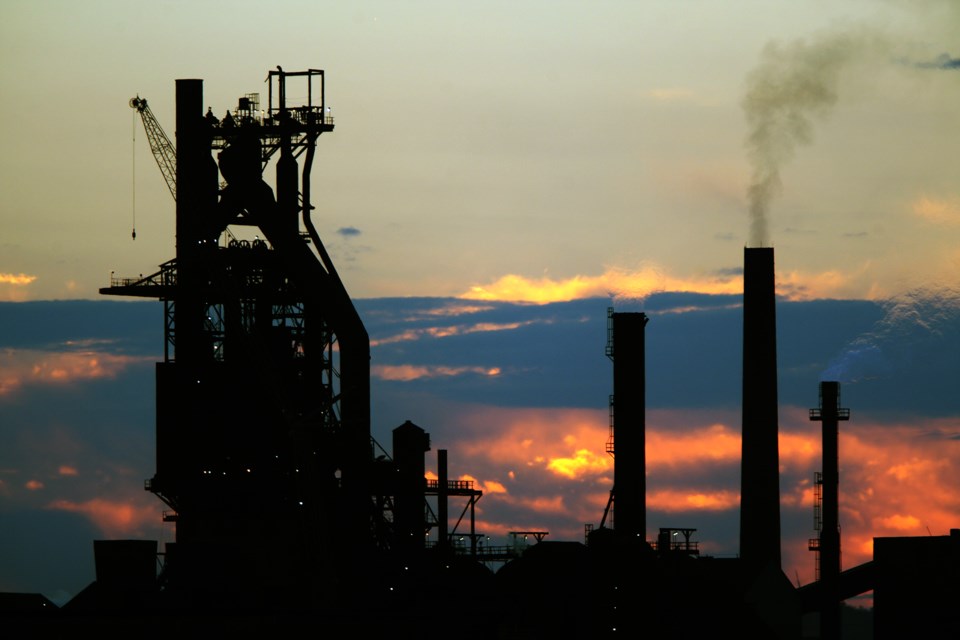Sault Ste. Marie's largest heavy industry is looking at using local waste forest biomass as an alternative fuel source, in a bid to further decarbonize its operations.
"We're not looking at saw logs or something like that," Fred Post, Algoma Steel's manager of environmental control, told the Sault Climate Hub during a presentation last week.
"We're looking at byproducts of the forestry sector that are not currently being utilized to their extent," Post said.
He describes Algoma's decarbonization efforts as "an opportunity for fuel substitution" — part of an industry-wide push by Canadian steel producers to achieve net-zero carbon emissions by 2050.
Algoma's $700-million transition to electric arc steelmaking is "a major greenhouse gas reduction initiative, but it's not the only greenhouse gas reduction initiative we have underway," Post said.
"I'd like to also talk about some of our other decarbonization strategies that we're investigating."
Post didn't go into detail about the kind of bioenergy Algoma has in mind, but forest biomass can include every part of a tree, including branches, bark, needles and roots.
Biomass can be turned into liquid, solid or gaseous biofuels.
"Most forest biomass being used for bioenergy in Canada is produced from waste or residues from manufacturing processes," says the Natural Resources Canada website.
Post encouraged any forestry businesses interested in supplying biomass to Algoma Steel to contact him through the company's environmental department.
A number of other possible decarbonization initiatives are also being considered by Algoma:
- electrification of mill processes: this is not considered a decarbonizing panacea – attention must be paid to where the mill's electricity comes from and whether it's really 'clean' energy;
- carbon capture, utilization and storage: this may be an option, but experts say care should be taken to verify greenhouse-gas emission reduction claims; and
- hydrogen-based fuel substitution: making hydrogen from renewable energy is widely considered a promising route to making 'greener' steel.
Post described his company's commitment to cut about 70 percent of annual carbon dioxide emissions by 2030 as an extraordinary achievement.
"Three million tonnes a year is one of the, if not the largest single point-source reduction in greenhouse gases in Canada, as far as an individual project goes," Post told last week's meeting.
"But it's not just greenhouse gases," he added.
Collective bargaining deadline
In an unrelated matter, neither Algoma Steel nor United Steelworkers Local 2251 are saying much about a deadline set earlier this year to resolve outstanding differences related to the new electric arc furnaces.
As SooToday exclusively reported in August, a memorandum of agreement signed by the company and union required them to continue negotiating in good faith on those issues, with a deadline of today, Oct. 31.
SooToday has learned the deadline was extended some time ago due to "unexpected absences," but neither side has disclosed when that decision was reached nor the date of the new deadline.
The $700 million conversion to electric arc steelmaking is the most expensive construction project in Sault Ste. Marie's history.
The work will necessitate an initial increase in staffing, followed by reduced employment levels once the job is complete.
Another deadline of Nov. 15 was set in August related to issues at the plate mill, but neither side has responded to repeated requests from SooToday about the status of those talks.
If Algoma Steel and the United Steelworkers are unable to resolve these issues, they could end up being decided through binding arbitration.
— SooToday




